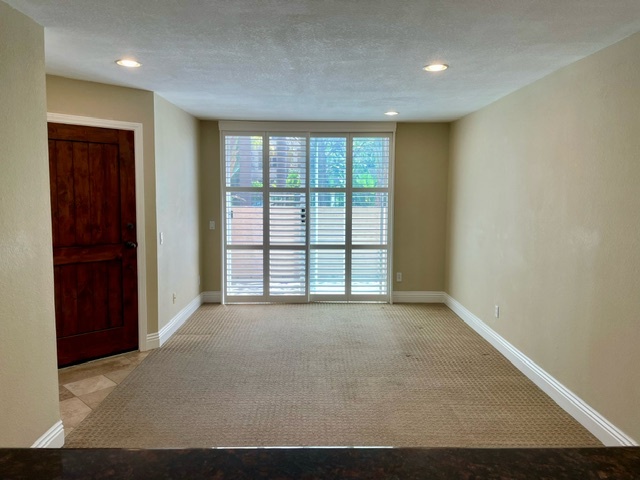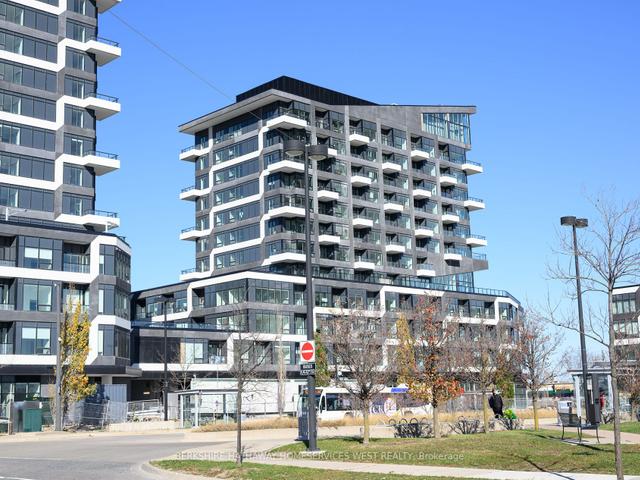Singapore’s housing market has been a topic of intense discussion for decades, with its dynamic changes reflecting broader economic and social trends. As one of the most developed and densely populated cities in the world, Singapore’s real estate landscape is uniquely influenced by its demographic shifts. Understanding how these changes are shaping the housing market provides crucial insights for both investors and policymakers. This blog post delves into the key demographic factors influencing Singapore’s housing market and explores the implications for future developments.
1. Aging Population
One of the most significant demographic changes in Singapore is its aging population. With one of the highest life expectancies globally and a low birth rate, Singapore is rapidly transitioning into a society with a larger proportion of elderly residents. According to the Singapore Department of Statistics, the proportion of residents aged 65 and above is expected to rise from 16.5% in 2021 to 25% by 2030.
This shift has several implications for the housing market:
- Increased Demand for Elderly-Friendly Housing: As the population ages, there is a growing need for housing that accommodates the elderly. This includes features such as barrier-free access, supportive infrastructure, and proximity to healthcare facilities. Developers are increasingly focusing on creating age-friendly homes and communities designed to cater to the needs of older adults.
- Impact on Property Types: The demand for larger family homes may decrease as the elderly population tends to downsize. Consequently, there is a rising interest in smaller, more manageable properties such as apartments and retirement communities. This trend is expected to influence the design and construction of future housing developments.
2. Low Birth Rates
Singapore’s low birth rate is another critical demographic factor affecting the housing market. With a total fertility rate of around 1.1 children per woman, well below the replacement level of 2.1, the city-state faces a shrinking younger population. This decline in birth rates has several key effects:
- Changing Family Structures: Traditional multi-generational households are becoming less common. More Singaporeans are opting for nuclear family units or living alone. As a result, there is a growing demand for smaller homes and apartments that cater to smaller family sizes and single-person households.
- Shifts in Housing Preferences: With fewer children, the preference for homes with multiple bedrooms and larger living spaces may diminish. Buyers are increasingly seeking properties that offer convenience, modern amenities, and proximity to work and leisure facilities. This shift is prompting developers to rethink their designs and focus on creating more compact, functional living spaces. Visit Emerald Of Katong where you will find lots of great information and practical advice about the property market.
3. Increased Urbanization
Singapore is one of the most urbanized countries in the world, and urbanization continues to shape its housing market. The influx of people into urban areas from suburban or rural regions is driving changes in housing demand:
- High Demand for Central Locations: Urbanization leads to a concentration of demand in central areas, where access to amenities, public transportation, and employment opportunities is more convenient. This trend boosts property prices in prime locations, driving up demand for high-density residential developments such as condominiums and high-rise apartments.
- Transformation of Suburban Areas: As the city-state seeks to balance urban and suburban development, there is a growing focus on revitalizing suburban areas. This includes the development of mixed-use precincts that integrate residential, commercial, and recreational spaces, aiming to enhance the quality of life and reduce the reliance on central business districts.

4. Increasing Immigration
Singapore’s status as a global business hub has led to a steady influx of immigrants seeking employment and residency. The foreign workforce contributes significantly to the housing market:
- Demand for Rental Properties: Immigrants, particularly expatriates and foreign professionals, often seek rental properties. This has led to a robust rental market, especially in areas popular among expatriates. Developers and investors are increasingly catering to this segment by offering rental-friendly properties with amenities that appeal to international tenants.
- Impact on Housing Prices: The influx of foreign talent can contribute to rising property prices, as demand for both rental and ownership properties increases. This can make housing less affordable for local residents, leading to potential policy interventions aimed at balancing the needs of both local and foreign populations.
5. Government Policies and Housing Supply
The Singaporean government plays a crucial role in shaping the housing market through its policies and initiatives. In response to demographic changes, several measures have been implemented:
- Public Housing Schemes: The government’s Housing and Development Board (HDB) provides affordable public housing for Singaporeans. As demographic needs evolve, HDB has been introducing new schemes and design features to meet the changing demands of different age groups and family structures.
- Sustainable Development: With an increasing emphasis on sustainability, the government is promoting green building practices and eco-friendly housing developments. This aligns with the global trend towards sustainable living and reflects the growing awareness of environmental issues among Singaporeans.
Conclusion
Demographic changes are profoundly shaping Singapore’s housing market, influencing everything from property types and designs to pricing and demand. The aging population, low birth rates, urbanization, and immigration trends are driving shifts in housing preferences and requirements. As Singapore continues to evolve, the housing market will need to adapt to these demographic trends, balancing the needs of its diverse population while addressing challenges related to affordability, accessibility, and sustainability.
For investors, developers, and policymakers, understanding these demographic dynamics is crucial for making informed decisions and planning for the future. As Singapore navigates these changes, its housing market will undoubtedly continue to reflect the broader social and economic transformations occurring within this vibrant city-state.

